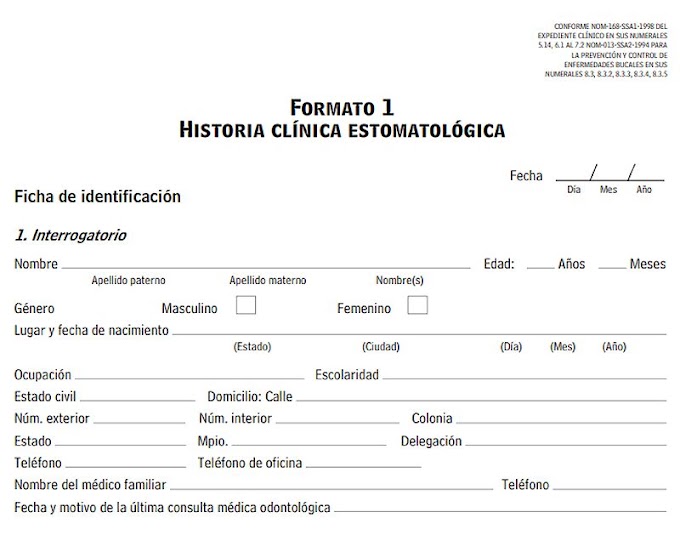Generally, many adolescents have a difficult time maintaining proper oral hygiene, and this challenge becomes even harder when orthodontic treatment is initiated.
As a dental hygienist, I strive to educate these individuals with the necessary tools and tips to sustain an optimal oral environment during their treatment; otherwise it will lead to problems such as an increased incidence of dental caries, gingivitis, and/or periodontal problems.
► Read also: PDF: Orthodontic treatment plan changed by 3D images
Esther Wilkins, RDH, states, “An individualized preventive program that includes a specific plan of instruction, motivation, and supervision is essential for the patient with orthodontic appliances. The patient must understand that much more effort is required while in treatment than was required before the appliances were placed.”
► Read also: PDF: Orthodontic treatment plan changed by 3D images
Esther Wilkins, RDH, states, “An individualized preventive program that includes a specific plan of instruction, motivation, and supervision is essential for the patient with orthodontic appliances. The patient must understand that much more effort is required while in treatment than was required before the appliances were placed.”
Resin-bonded brackets and circumferential molar bands are widely used in orthodontic treatment. This localized obstruction can result in generalized plaque accumulations. Using a Cavitron will help debride around the brackets and remove all loose biofilm that adheres to the braces. Fine scaling and polishing can follow to smooth rough surfaces, eliminating a nidus for plaque accumulation. Another useful treatment is the Prophy-Jet, which sprays high-pressured water and sodium bicarbonate powder to blast away soft deposits such as dental plaque from the brackets. After the plaque and debris are debrided, proper periodontal evaluation and probing depth measurements are possible.
After assessing the individual, we need to execute a regimented home-care plan that is modified to his or her needs. One innovative tool I recommend to my patients is the Waterpik, an oral irrigator that removes food debris and loose dental biofilm. The Waterpik can also be combined with antimicrobial medicaments, allowing the distribution of mouth rinses (i.e., Listerine) to the soft tissue. An electric toothbrush (Oral-B) has special removable attachment heads to clean around the brackets and provide ideal maintenance around the metal appliances. Obviously flossing and using interdental brushes (i.e., GUM soft picks) are imperative to maintain healthy tissues. The problem is that most patients find flossing cumbersome and time-consuming, so compliance may be lacking. Customized flossers, called “Platypus flossers” that are made for patients with braces, can be a lot easier for patients and increase their tendency to floss.
► Read also: PDF: Relevant variables of Class II malocclusion treatment
► Read also: PDF: Relevant variables of Class II malocclusion treatment
Invisalign, an alternative to conventional braces, is a removable clear aligner option. When patients come in for their recall appointment, the same treatment is delivered as mentioned before with some modifications. Inform patients that they need to brush and floss after every meal before placing the aligners back in. They can use regular flossing tools to provide necessary maintenance. All patients who are in orthodontic treatment — whether conventional orthodontics or Invisalign therapy — need to come in for recall appointments every three months to ensure that the periodontal tissues remain healthy.
When proper maintenance is not being met at home, periodontal issues do arise, leading to infections and dental caries. The tissue can appear erythematous and inflamed with bleeding upon probing. If necessary, nonsurgical periodontal therapies may be implemented, such as mechanical debridement with or without local antibiotics. Dental caries and decalcifications on the enamel surface can occur as well in the orthodontic patient, making the teeth look “spotty.” Again, as mentioned in the Esther Wilkins textbook, “Demineralization around the brackets can result in a serious caries problem even for the most conscientious patient. Use of a fluoride-releasing bonding system has been shown to have positive preventive results.” Examples are MI paste, Prevident, and Phos-Flur fluoride gel, all of which help prevent caries and white spots that permanently scar teeth. The patient will gently brush, expectorate, and not rinse out afterward to ensure that the paste or gel is left to coat the demineralized areas and provide remineralization.
Overall, with proper guidance and assessment, orthodontic patients will understand the necessity for modified home-care regimens throughout their treatment, providing a healthier foundation for the required tooth movements.













